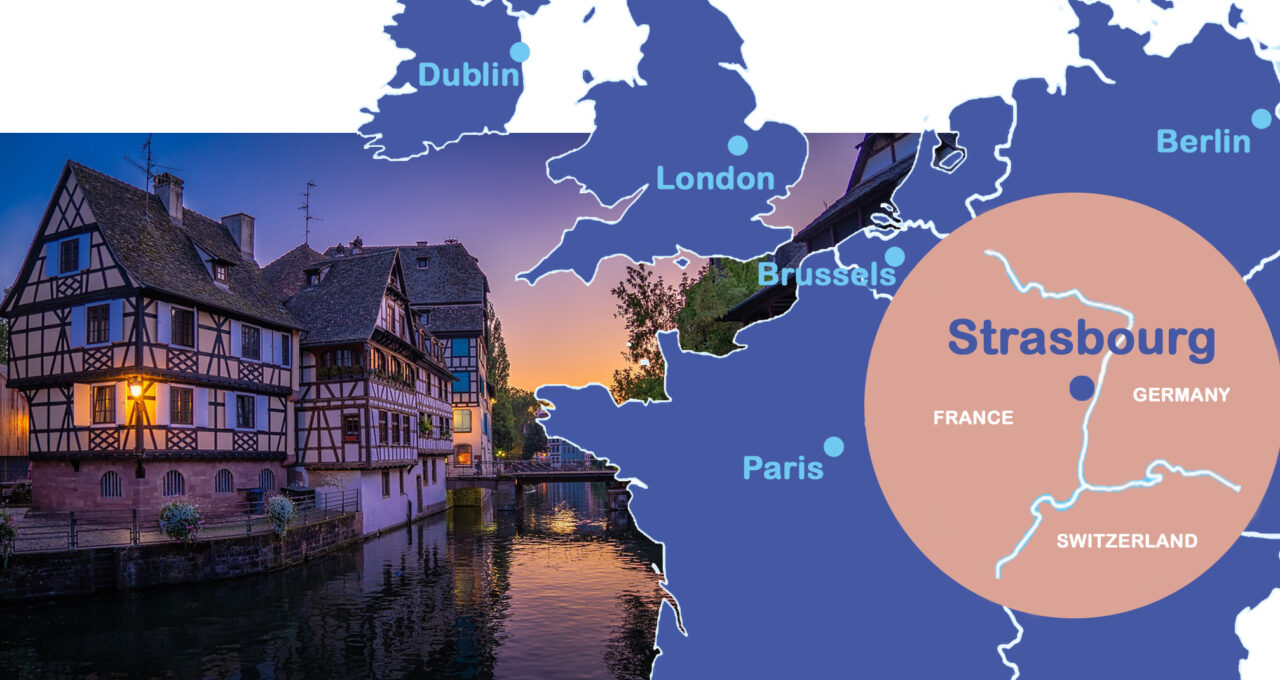
Amélie Bernard, Laboratoire de Biogenèse Membranaire, Bordeaux (France)
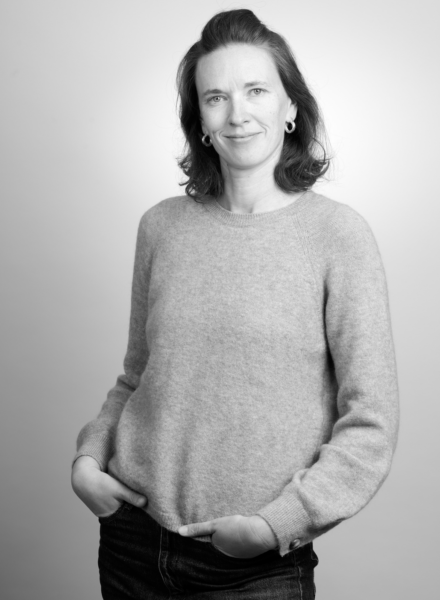 |
Amélie Bernard obtained her PhD in plant biology from the University of Bordeaux in 2011, during which she worked on cuticular lipids. She started studying autophagy during her post-doc in the Klionsky Lab (University of Michigan, 2012-2016). She obtained a full position at the CNRS and joined the Laboratory of Membrane Biogenesis in 2016, first as a Research Scientist and then as a Research Director in 2024. In 2020, she established her independent group and her project ‘LIP-ATG’ was funded by an ERC starting grant. Her work was awarded the CNRS Bronze Medal in 2023. Visit her website |
Sabrina Büttner, Institute for Integrative Cell Biology and Physiology, University of Münster (Germany)
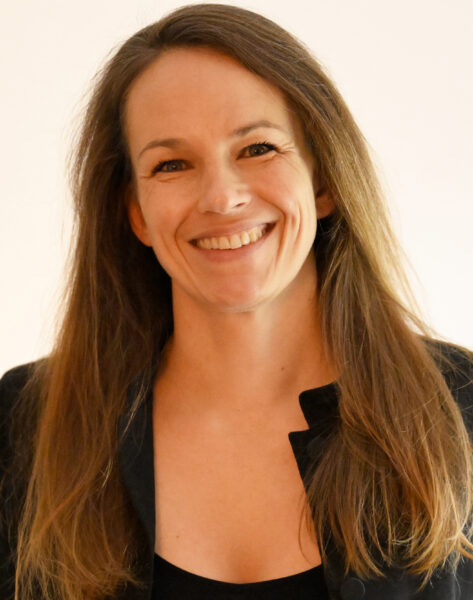 |
Sabrina Büttner studied Biochemistry at the University of Tübingen and received her PhD in 2007 from the University of Graz in Austria. After several years as group leader at the University of Graz, she accepted a Professorship at Stockholm University in Sweden in 2015. Since 2024, she has been Professor for Cell Biology at the Institute for Integrative Cell Biology and Physiology at the University of Münster in Germany. Her research focuses on intracellular communication during cellular aging and stress, with a particular focus on direct physical contact between organelles at membrane contact sites. Visit her website. |
Russel DeBose-Boyd, University of Texas Southwestern Medical Center, Dallas, TX (USA)
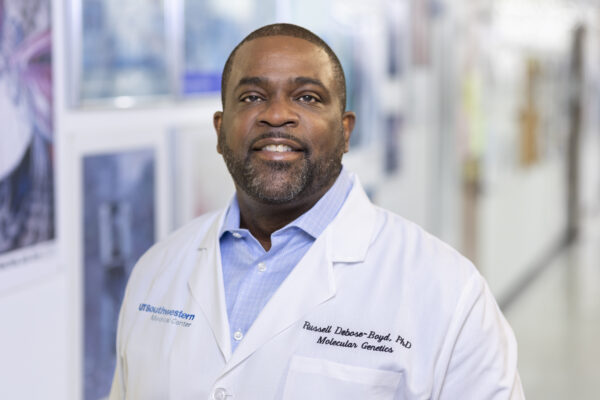 |
Dr. DeBose-Boyd received his Ph.D. in Biochemistry and Molecular Biology from the University of Oklahoma Health Sciences Center. He completed postdoctoral training with Drs. Joe Goldstein and Mike Brown at UT Southwestern before joining the Department of Molecular Genetics as an Assistant Professor in 2003, later becoming a Professor in 2013. His research has been recognized with numerous prestigious awards, including the HHMI Early Career Scientist Award, the Avanti Award in Lipids, the John Abel Award, the Edwin Bierman Award, and the Hill Prize in Biological Sciences. In 2023, he was elected to the National Academy of Sciences. Visit his website. |
Manuela Dezi, Sorbonne University, Curie Institute, Paris (France)
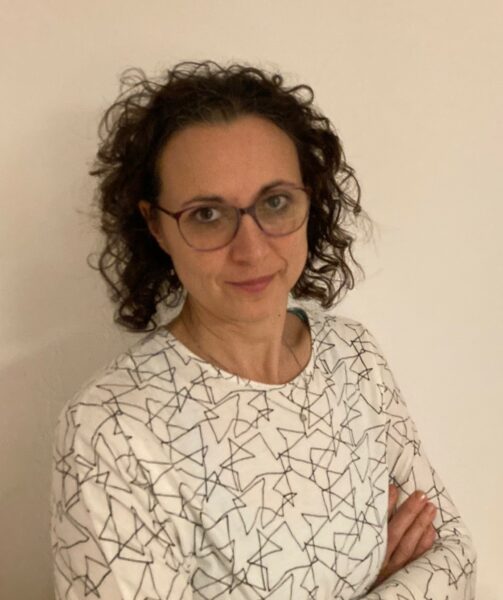 |
Manuela Dezi is Assistant Professor at Sorbonne University in Paris. She studied biochemistry and biotechnology at the University of Bologna, where she also obtained her PhD in 2008, on the functional characterization of photosynthetic complexes. She then moved to Paris, first to the Curie Institute and later to the CiTCom lab, where she developed new methods for membrane reconstitution in giant liposomes and membrane protein crystallography. Since 2014, she has been conducting her research at Curie Institute. Her primary focus is on investigating the architecture of contact sites formed by Vap proteins using in vitro approaches. She employs biomimetic systems to reconstitute membranes in vitro and utilizes cryo-electron microscopy and cryo-electron tomography to analyze their spatial organization. Visit her webpage. |
Vincent Hyenne, Tumor Biomechanics lab, University of Strasbourg (France)
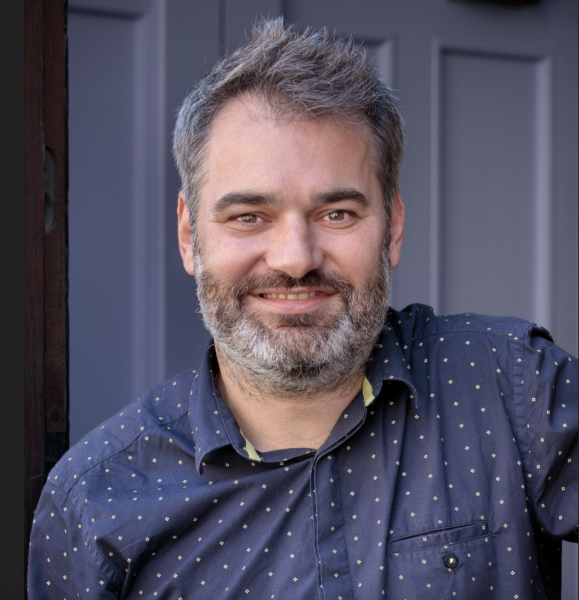 |
Vincent Hyenne is a CNRS Research Director in the Tumor Biomechanics lab (Strasbourg, France). For the past 12 years, his research has been centered around the biogenesis and function of extracellular vesicles (EVs), using different animal models (C. elegans, zebrafish and mouse). With his colleagues, he identified endosomes regulators involved in exosome biogenesis and conserved in evolution. He developed models adapted to the in vivo tracking of circulating EVs. He now focuses on the role of tumor EVs in the formation of the pre-metastatic niche. Visit Tumor biomechanics lab website |
Sophie Layé, Bordeaux University (France)
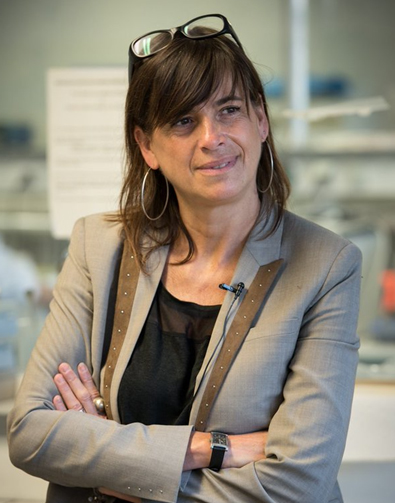 |
Sophie Layé is a Research Director of « classe exceptionnelle » at INRAE. She founded the NutriNeuro Institute (Bordeaux University), the international lab OptiNutriBrain (Bordeaux University and Laval University, Canada), and the International Research Network Food4BrainHealth (with 13 partners in France and Canada). Her scientific career is dedicated to understanding how nutrition impacts mood and cognitive disorders, with a focus on the effects of food and nutrients on brain function through integrative and translational approaches. This research aims to define healthy nutrition for the brain, identify reliable predictive biomarkers of cognitive and mood disorders, and discover new food-derived bioactive molecules in the brain, in order to develop innovative nutritional and pharmacological strategies to prevent and treat brain diseases. She has received several awards for her academic achievements, including the prestigious “Lauriers de l’INRAE” and the “Ordre du Mérite” from the Ministry of Agriculture. She has been recently appointed Deputy Head of the Human Nutrition Division at INRAE. Visit her website |
Tim Levine, UCL Institute of Ophthalmology, London (UK)
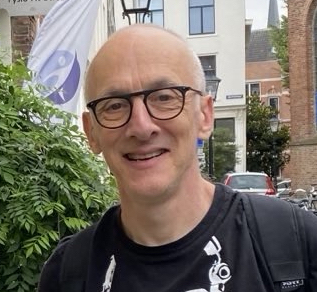 |
Tim Levine is a professor of cell biology at University College London. With a background in membrane cell biology, his focus moved to intracellular lipid traffic between organelles. This led to him to discover that many lipid transfer proteins known to be on the cytoplasmic surface of one organelle are also surface of another organelle, suggesting that they bind simultaneously, hence forming a bridge between two organelles. This led him to study the narrow gaps, called ‘membrane contact sites’, where organelles communicate directly. Molecular dissection of inter-organelle bridging has since then revolutionised our view of how the intracellular world is structured. He has worked on a number of different lipid transfer proteins, often identifying them by bioinformatics. This work continues to this day, but post-Alphafold are all lipid transfer proteins finally known? Visit his webpage |
Serge Luquet, University of Paris (France)
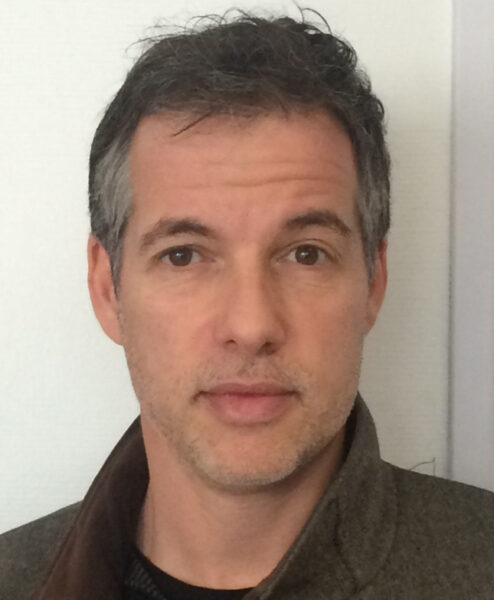 |
Serge Luquet received his undergraduate degree in Biology &Biochemistry from the University of Nice Sophia Antipolis, France in 2003. During his PhD training he was interested in the role of the fatty-activated transcription factor PPAR delta in adipose and muscle cell differentiation. He published seminal paper showing the role of PPAR delta in the controls of muscle development and oxidative capability. In 2003 he joined the laboratory of Pr Richard Palmiter (Howard Hughes Medical Institute & Department of Biochemistry) at the University of Washington, Seattle for his post-doctoral training. He studied the role of hypothalamic neurons that produce Agouti related protein in the control of feeding behavior. He was recruited at researcher by the French CNRS in 2006 and was awarded a young investigator research program that led him to conduct an independent research. His group is established at the University Paris Cité. The core approach of his team is to leverage the power of modern molecular genetic tools and mouse models using integrated approaches in order to dissect out the role of discrete neural circuit elements in the control of different aspect of energy balance including feeding behavior & energy expenditure. Visit his website |
Alexandre Martinière, Institut des Sciences des Plantes de Montpellier (France)
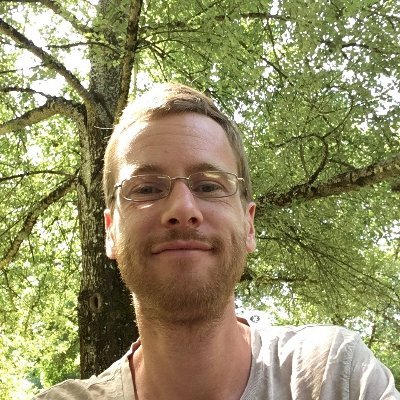 |
Alexandre Martinière studied plant biology and obtained his doctorate in 2009 from the University of Montpellier. After completing a postdoctoral fellowship at Oxford Brookes University, he became a CNRS researcher at the Institute of Plant Science of Montpellier (IPSiM) in 2014. In recent years, his research has focused on the dynamics and organization of the plasma membrane and its role in cell signaling processes in plants, particularly in response to drought stress. He is developing super-resolution microscopy and biosensor approaches to understand the role of Rho GTPases and their interactions with plasma membrane lipids to ensure appropriate signaling processes. Visit his website |
Delphine Muriaux, Institut de Recherche en Infectiologie de Montpellier (France)
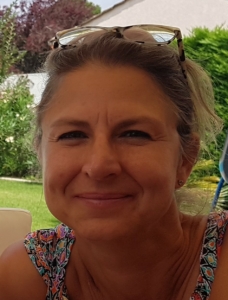 |
Delphine Muriaux is a CNRS research director with a 1996 PhD in cellular and molecular biology from UPMC Paris and 2006 HDR in virus assembly from University of Lyon. She is interested in the assembly of enveloped RNA viruses, especially BSL3 Retroviruses (HIV-1, HTLV-1) and Respiratory viruses (Influenza A, SARS-CoV2, RSV) with applied super-resolution microscopy (SRM) of nanometric virus particles and infected host cells. Since 2012, she leads the MDVA team, with a biophysicist, at CNRS Montpellier, that shows advances in the field of lipids and host factor interactions with viral proteins, as well as fluorescent VLPs and SRM. She authors 82 articles, reviews and book chapter. She is investigated in several scientific boards such as Presidente of the Club Exocytosis-Endocytosis, member of the CSS5 Inserm and of the international Retroviral NC & Assembly Symposium board. Since 2017, she is also the Unit Director of the CEMIPAI facility for BSL3 host and training, antiviral screening and BSL3 advanced microscopy services at CNRS Montpellier, France. Visit her website. |
André Nadler, Max Planck Institute of Molecular Cell Biology and Genetic, Dresden (Germany)
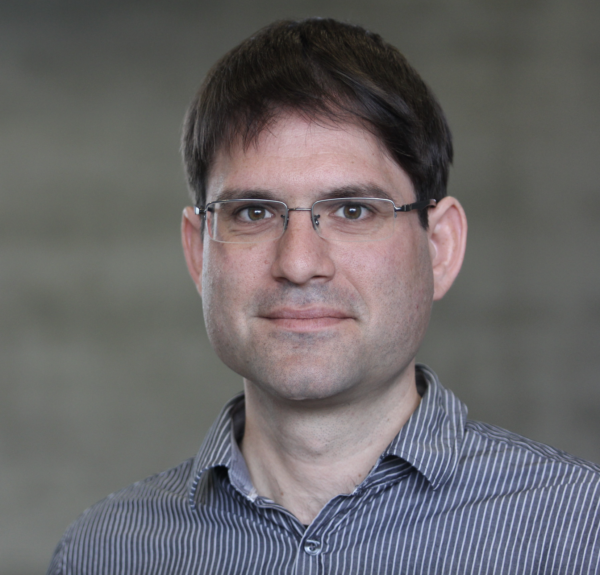 |
André Nadler’s primary research goal is to understand the cell biology of lipids. This is a huge challenge, as the common approach to cell biological studies which heavily relies on imaging fluorescent proteins, structural biology and genetic perturbations has severe limitations when it comes to understanding cellular functions of lipids on a mechanistic level. Over the last decade, the lab has established a methodological pipeline for faithfully visualising lipids in cells, mapping their metabolism with high spatial localisation and detecting their interactions with proteins. Critical for reaching this goal was expertise designing new chemical probes as well as implementing strategies for they application in cell biological workflows, a point of emphasis from early on in André Nadler’s career, who did his PhD in bimolecular chemistry at the University of Göttingen from 2006-2010 on peptide and nucleic acid chemistry, followed by a postdoctoral stay at EMBL Heidelberg working on lipid signalling. He is currently leading the membrane chemical biology laboratory at the Max Planck Institute of Molecular Cell Biology and Genetics in Dresden as Senior Research Group leader. Visit his website. |
Stefano Vanni, University of Fribourg, Department of Biology (Switzerland)
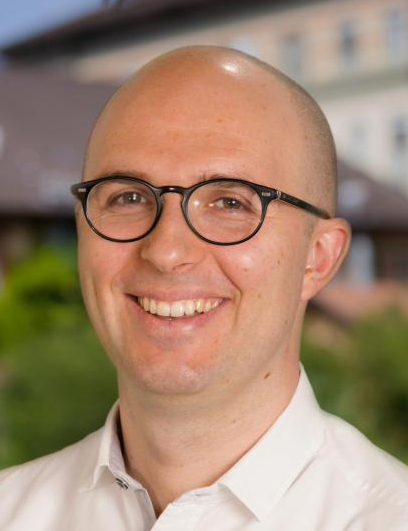 |
Stefano Vanni studied Physics at the University of Bologna, Italy, where he received his B.Sc and M.Sc in Theoretical Physics. Later, he obtained his Ph.D. in the field of Computational Chemistry and Biochemistry at EPF, Lausanne, before joining the Institut de Pharmacologie Cellulaire et Moleculaire at CNRS in Sophia Antipolis, France, as a postdoctoral fellow. Since 2015, he is tenured researcher at CNRS, and since 2017, he is Associate Professor in Membrane Biochemistry in the Department of Biology at the University of Fribourg. Since 2018 he is affiliated to the NCCR in Bio-Inspired Materials and ERC Investigator. His main research focus is the molecular understanding of the role of membrane and lipid physicochemical properties in intracellular trafficking processes and lipid metabolism. Visit his webpage. |
Dr. Erdinc Sezgin, Science for Life Laboratory, Karolinska Institutet, Stockholm University (Sweden)
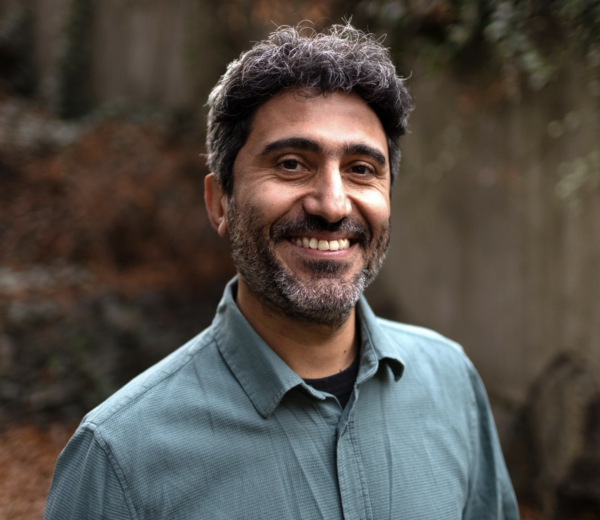 |
Erdinc Sezgin studied Genetics and Bioengineering at the Yeditepe University, Istanbul Turkey. He next joined International Max Planck Research School for PhD in Dresden, Germany. After graduation, he obtained EMBO, Marie Curie and Newton fellowships to perform his postdoctoral research in immunology and imaging at University of Oxford. Since 2020, he has been leading his independent lab as an Associate Professor at Karolinska Institutet and SciLifeLab. He is currently an EMBO Young Investigator and a Visiting Faculty at University of Oxford.
Visit his webpage. |
Pr. Bianca Schrul, Saarland University (Germany)
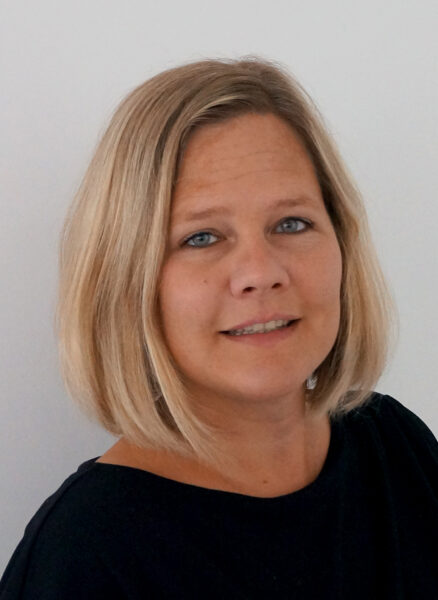 |
Bianca Schrul is a professor of Medical Biochemistry at the Medical Faculty of Saarland University (Germany). She studied Biology at Heidelberg University (Germany) where she also received her PhD. After a first postdoctoral appointment at the Institute of Biochemistry at the University of Göttingen and the Max-Planck-Institute for Biophysical Chemistry (now Max-Planck-Institute for Multidisciplinary Sciences), she became a postdoc in the Department of Biology at Stanford University (CA, USA). Here, she discovered that lipid droplets and peroxisomes share protein targeting machinery for some of their membrane protein constituents and laid the foundation for establishing her own research lab at Saarland University (Germany). Her group employs interdisciplinary approaches to uncover the molecular mechanisms underlying protein targeting to lipid droplets, and to explore how lipid droplets communicate with other lipid-metabolizing organelles to adapt to metabolic changes. Visit her webpage. |
Pr. Arnaud Blomme, GIGA-Research Institute, University of Liège (Belgium)
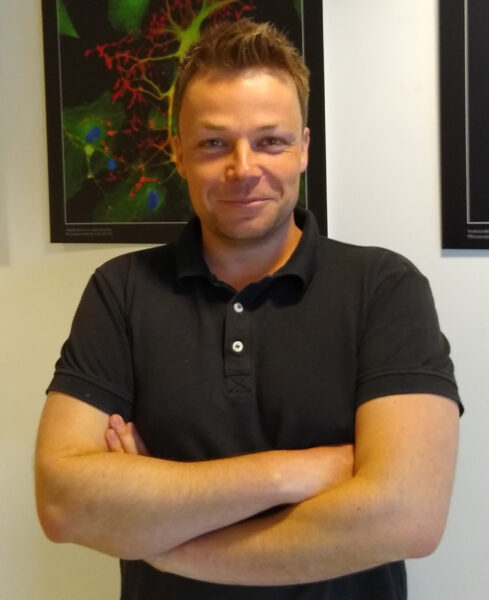 |
Arnaud Blomme first studied Biochemistry and Molecular Biology at the University of Liège, Belgium. He then obtained his PhD in the field of Biomedical Sciences in 2014. Following graduation, he joined the team of Hing Leung at the CRUK Scotland Institute (Glasgow, Scotland) as a postdoctoral scientist. During his postdoc , Arnaud focused on understanding the metabolic alterations that are associated with the development of castration-resistant prostate cancer (CRPC). In particular, he evidenced the importance of lipid remodelling and ER-dependent signaling in supporting long-term therapy resistance in prostate cancer. In 2020, Arnaud moved back to Belgium and joined the team of Pierre Close (GIGA-ULiège, Belgium) as a Marie Curie postdoctoral fellow to study the translational regulation of lipid metabolism in cancer. In 2023, Arnaud has been appointed as a permanent FNRS Research Associate. He is currently leading the Laboratory of Metabolic Regulation (GIGA-Uliège, Belgium). His lab focuses on deciphering the molecular mechanisms that link metabolic perturbation to the regulation of mRNA translation in cancer, with the aim to identify vulnerabilities of high therapeutic potential. Visit his webpage. |